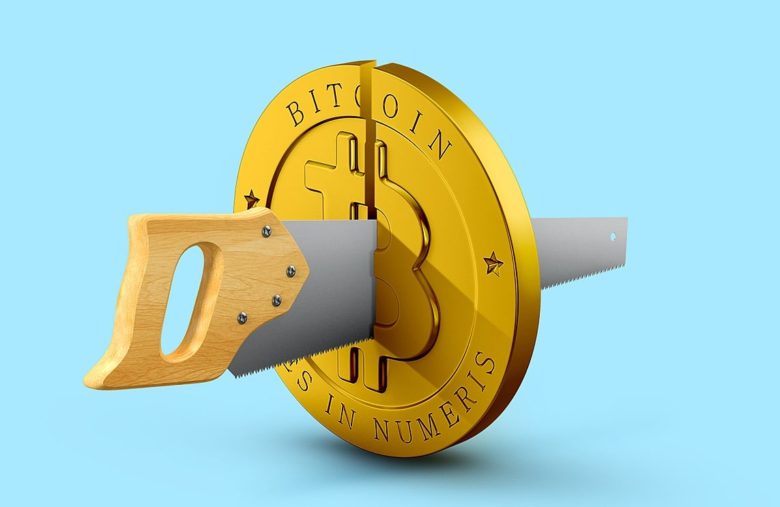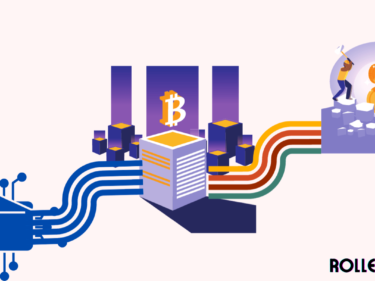What is Bitcoin Halving ? How it effects the price ?

What is Bitcoin Halving?
With every 210,000 blocks mined, or at an interval of 4 years, the Bitcoins awarded to miners for validating transactions are halved. It is important in order to control the rate of production. Blockchain technology has been designed this way to control inflation. Halving will go on till all the Bitcoins are released into circulation.
The number of Bitcoins already existing in the market is 18.5 million. You might think that miners will start mining more bitcoins when it becomes popular with people. But there is a finite supply. There can only be a maximum of 21 million Bitcoins in the market. So, 2.5 million more bitcoins need to be mined. But it is not until 2140 that the maximum number can be reached.
Also Read : All About Cryptocurrency Trading And Cryptocurrency Exchange
When is Bitcoin halving?
The initial reward for mining a block of Bitcoins in the chain at the time of its release in 2009 was 50 Bitcoins. The first halving was in 2012 when the rewards decreased to 25, the third was in 2016 when it again reduced to 12.5 bitcoins per block. The recent halving took place on 11th May 2020 and the current number of bitcoins rewarded is 6.25.
When is the next Bitcoin halving?
As a recent halving was in 2020, the next halving will be after 4 years in 2024.
How can Halving Influence Bitcoin’s price?
Over the years Bitcoin halvings have resulted in surges in the price. The first halving took place in November of 2012. The price increased from $12 to nearly $1,150 just within a year. The next Bitcoin halving took place in the July of 2016. At that time the price of Bitcoin was $650 and by December 2017 the price boomed, shattering all records, reaching nearly $20,000. Even though the price plunged over the course of time, it still stood somewhere around $3,200, which was 100% higher than what it was during the halving.
The theory of halving is a chain reaction designed to keep the production in check as well as maintain the value of incentive given to miners.
Every four years the reward is halved –> the inflation is controlled –> the available supply decreases –> demand increases –> price blows up –> miners’ incentives are not compromised, although they are receiving fewer Bitcoins as rewards, the value still remains similar due to the surge in price.
Also Read : All You Need To Know About Bitcoin Pizza Day
If an unfavorable event occurs, when the demand and price do not increase, miners will not get enough incentive as the value of bitcoins they are getting is not rising. The mastermind behind the creation of Bitcoin, Satoshi Nakamoto, did find a way to prevent this as well. There has already been a process designed to decrease the difficulty of mining if the incentives are not enough. The number of bitcoins released will still behalf, but the level of difficulty in mining them is reduced.
The process of Bitcoin halving has been successful till now. Halvings have led to unexpected price booms, but a large price drop has also followed them. What did not harm the incentives of miners is the fact that even after the drop, the price had remained higher than what it was before the halving. Let’s take into consideration the bubble of 2017-18. The Bitcoin price hiked to reach around $20,000 and eventually decreased to around $3,200. This definitely was a massive blow but considering the price at the time of the halving period which was around $650, the increment is quite decent. This system is surrounded by a lot of speculations, volatility and has always created hype. It is hard to say how these events will turn out in the future.



